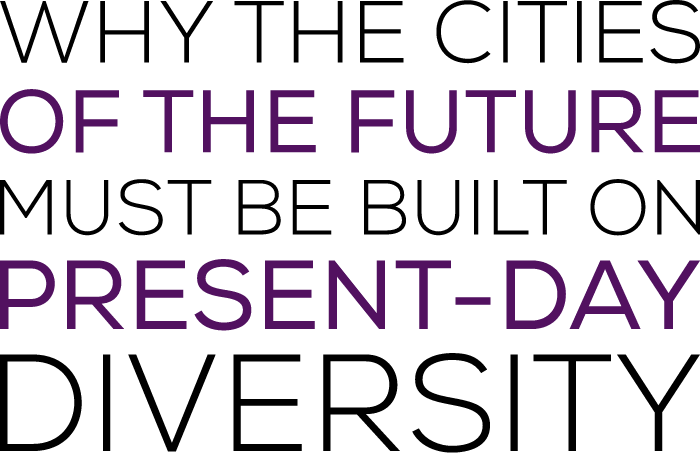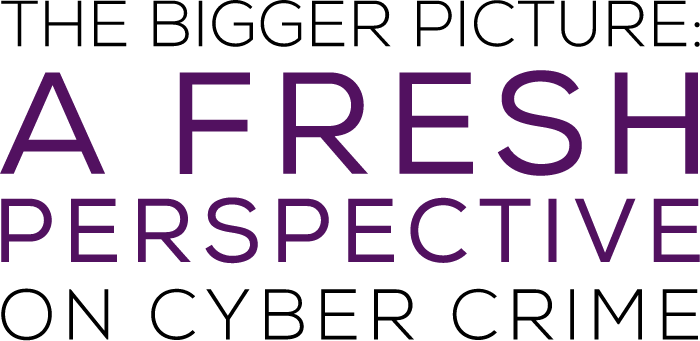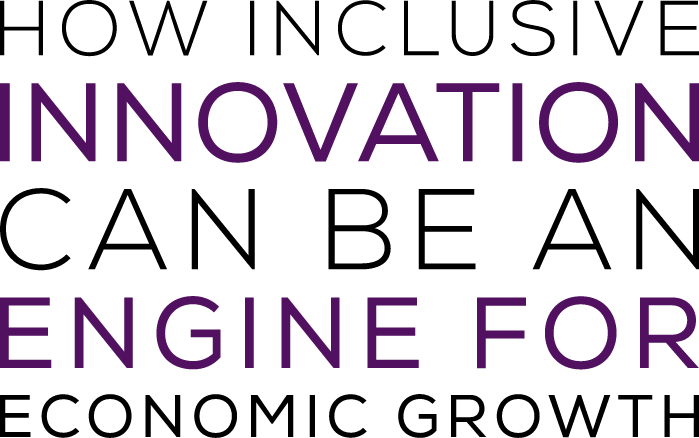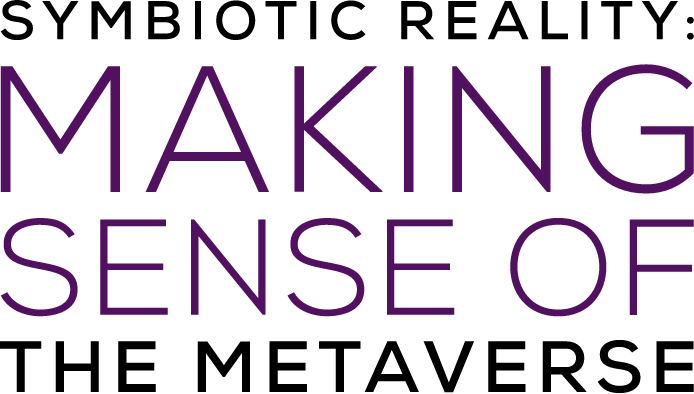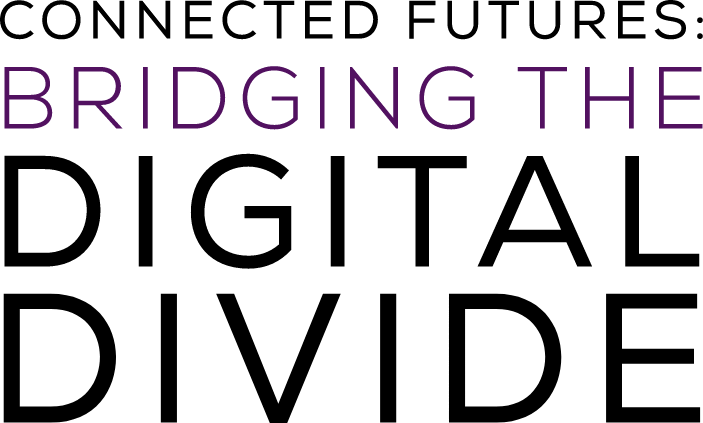
The interaction of predictive and proactive technologies will create an environment that enables future citizens to live healthier, happier, more productive lives.
Throughout history, cities have stood as symbols of human progress. People gazed up at the temples and cathedrals in ancient Babylon, Persia and Constantinople with the same fascination we feel today looking up at the skyscrapers of London, New York and Beijing.
But the development of modern cities owes less to manpower than it does to machines. It was the Industrial Revolution that led cities to swell in size, and cars that allowed them to sprawl. Smooth asphalt roads designed to alleviate traffic flow split cities into commercial, residential and industrial zones, while railroads linked them, creating huge economic webs.
It is machines that turned cities into megacities, driving the urban population to jump from 750mn in 1950 to 2.5bn today, exacerbating overcrowding, pollution and mass inequality. Projections for population growth across Asia and Africa suggest that up to 2.5bn more people could be squeezed into cities by 2050. For this to be sustainable, we need to reimagine urban life.
Cognitive community
NEOM, Saudi Arabia’s vision for a more sustainable urban future stretches 105 miles along the Red Sea. “It is the world’s first cognitive community,” says Joseph Bradley, CEO of TONOMUS, a cognitive multinational conglomerate and the first company to be established as a fully fledged NEOM subsidiary. TONOMUS is building the technological infrastructure and foundation of proactive, predictive cognitive solutions to enable NEOM to turn this vision into reality. “It is built around the flow of life, rather than the movement of machines,” he adds, explaining why a human-centred approach is imperative for reducing waste, cutting emissions and eliminating inequality.
Take the food we eat. The global system of agricultural supply and delivery leads to the loss of 14 per cent of all the food produced between harvest and retail. This not only exacerbates food scarcity and greenhouse gas emissions but also shapes our diets around mass consumption. We eat what is available to us, not what is good for us.
A cognitive city uses technology to reverse this. Genomic tools determine which food is best for our bodies before machine learning advises us on diets, syncing these with exercise routines and other areas of our lives. This personalisation can then be scaled to determine what food the city’s population needs. “With the ability to interpret and map future needs, the cognitive digital ecosystem that TONOMUS is building at NEOM will truly make a difference in people’s lives, and add unprecedented value to the human experience,” says Bradley.
In a cognitive city, AI and machine learning could help integrate travel into your exercise or work schedules, giving you time back.
It can also ensure that new technologies make us happier. Adding 23-minutes to a daily commute by car has been estimated as having the same effect on our happiness as a 19 per cent reduction in income, but what if our traffic systems were built around us? In a cognitive city, AI and machine learning could help integrate travel into your exercise or work schedules, giving you time back, as well as improving your mood.
Reimagining urban life around us also forces us to consider how these benefits can be shared, says Bradley. How, for example, should digital infrastructure be designed to ensure everyone can access the services they need to do their jobs or run their businesses? At NEOM, TONOMUS is deploying a combination of physical infrastructures, such as 5G antennas and satellite constellations, to provide open and secure high-speed internet. “This ‘Digital Air’ – or ubiquitous connectivity – is vital for creating sustainable ways to accelerate human progress, and transform the way governments, businesses and communities connect to the internet,” says Bradley.
Control to culture
What would it be like to live in NEOM? Science fiction has often depicted futuristic cityscapes as soulless, sometimes oppressive structures. This is predicated on technology being integrated theoretically into our existing cities, rather than giving us a vision of what a city should be. TONOMUS is changing this. Rather than using new technologies to enhance building design or reroute traffic, next-generation technologies should be used to build systems around people.
We are resolving this by putting people at the centre of world-changing technologies and solutions that we are building.
Joseph Bradley, CEO of TONOMUS
“At TONOMUS, we’re not doing technology just for technology’s sake,” says Bradley. “Algorithms can’t optimise for happiness, only efficiency. But the most efficient choice may not always drive the best experience for you. We are resolving this by putting people at the centre of world-changing technologies and solutions that we are building.”
The object is not only to redefine the purpose of our cities, but also to enhance the experience of living in them. The world’s most liveable cities – London, Paris, New York – derive their cultures from a process of building and rebuilding, and the shared interactions and experiences of millions of citizens. But in the digital age, culture has taken on a new meaning, says architect and futurist Jason Pomeroy. “The buzz of innovation in Silicon Valley and San Francisco is a product of people’s shared ambition. In Saudi Arabia, a shift from what has been predominantly an oil-driven economy to a knowledge-based economy is shaping its own culture of innovation.”
In Saudi Arabia, a shift from what has been predominantly an oil-driven economy to a knowledge-based economy is shaping its own culture of innovation.
Jason Pomeroy, architect and futurist
Fuelled by TONOMUS’s cognitive technology infrastructure, NEOM is not only a vision for a sustainable urban future, but a place that all futurists should consider. It is a radical reimagining of what urban life should be.







